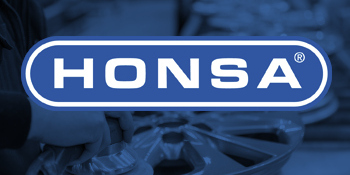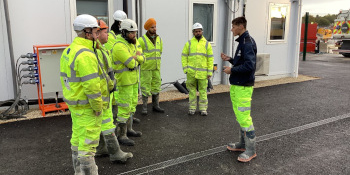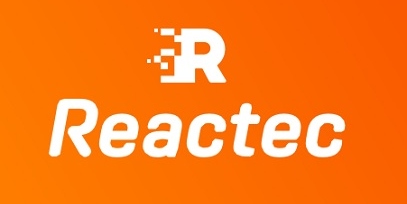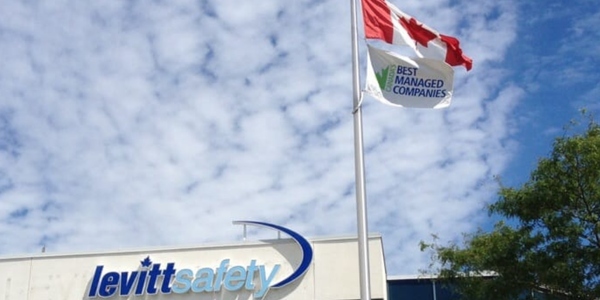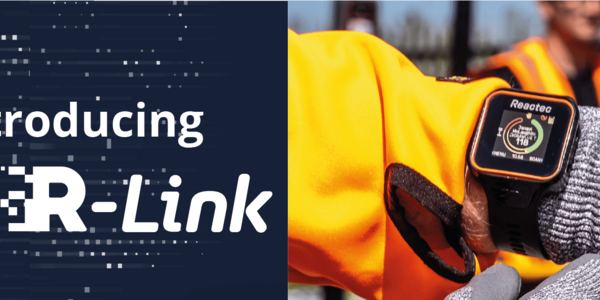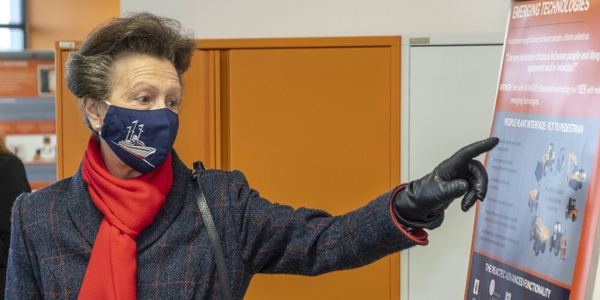Safety Innovation Challenge
Reactec has been selected to showcase their HAVS prevention capability during the 2023 NSC Safety Congress & Expo, as part of the global Safety Innovation Challenge.
The Safety Innovation Challenge is a shared initiative, developed by the National Safety Council (NSC) and the Safetytech Accelerator, to advance safety in the workplace.
Collaborating with large employers in the US, the NSC and the Safetytech Accelerator created the Safety Innovation Challenge to establish new channels for leading tech companies to demonstrate their solutions to prospective customers and improve occupational health and safety outcomes.

The focus of this year’s challenge was to identify innovative technologies which can prevent upper-extremity musculoskeletal disorders (MSDs). The National Safety Council’s MSD Solutions Lab is a ground-breaking strategic initiative, launched in 2021 with funding from Amazon, to solve this common workplace injury. The Safety Innovation Challenge is one of the lab’s hallmark initiatives aimed at preventing MSDs before they start.
Upper-extremity MSDs, such as carpal tunnel syndrome, tennis elbow and hand-arm vibration syndrome (HAVS) are debilitating conditions which can affect productivity in the workplace, and even an employee’s overall quality of life.
Advances in robotics, exoskeletons and wearable devices have enabled the development of many cutting-edge safety solutions to prevent musculoskeletal disorders, and Reactec were among 50 tech companies who pitched to the Safety Innovation Challenge judging panel in June.
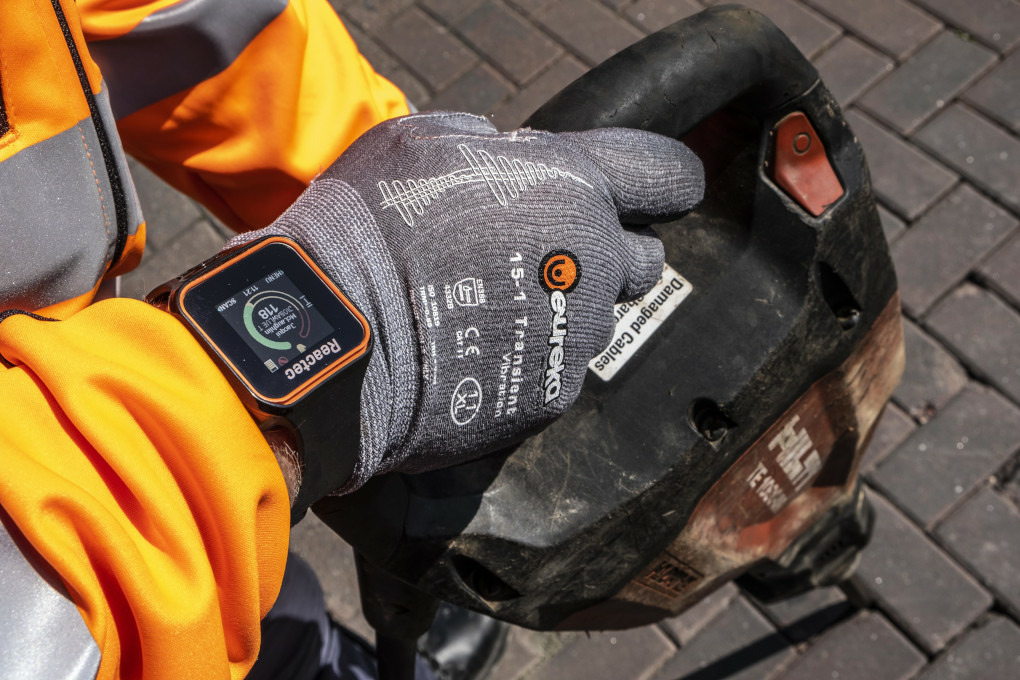
Jacqui McLaughlin, CEO, presented Reactec’s capability to prevent hand-arm vibration syndrome using a powerful combination of wearable technology and data analytics.
In July 2022, Reactec launched their third-generation workplace wearable, R-Link, which monitors exposure to vibration in real-time. The R-Link smart watch builds upon Reactec’s 20 years of experience in managing hand-arm vibration.
R-Link uses the proprietary method developed by Reactec with the support of the NIOSH laboratories in the USA in 2018 to determine a real-use assessment of the exposure to vibration, in a convenient to use wrist watch configuration. With scientific studies showing a strong correlation from the assessment method and the human response to vibration*, R-Link can be a direct control to preventing hand arm vibration syndrome. But Reactec’s offering is not just about a watch for immediate feedback and control for workers, it is the ease with which large data sets are automatically collected and assimilated to intuitive analytics that help employers prevent the damage from exposure to HAV for the long-term.
Reactec were one of only six tech companies successfully selected by the judging panel to progress to the next stage of the Safety Innovation Challenge. The six finalists will present their innovative solutions during the 2023 NSC Safety Congress and Expo in New Orleans, where there is an opportunity for their solutions to be piloted by major US companies following the event.
To learn more about this year’s Safety Innovation Challenge finalists, or to register for the NSC Safety Congress and Expo, visit: www.congress.nsc.org
References:
*S. Maeda, M.D. Taylor, L.C. Anderson, J. McLaughlin. Determination of hand-transmitted vibration risk on the human. International Journal of Industrial Ergonomics. Volume 70, March 2019. https://doi.org/10.1016/j.ergon.2019.01.002.
*S. Maeda; Y. Ye. S. Gao. Necessity and Considerations for On-Body Vibration Measurement Equipment. Proceedings 2023, Volume 86, April 2023. https://doi.org/10.3390/proceedings2023086003.

